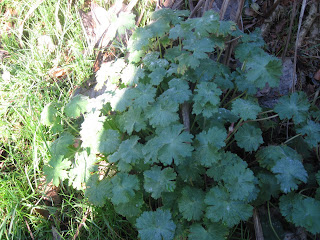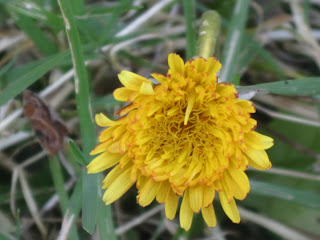This is a great time of year as the weather gets warmer and new growth begins again. It's a great time to make new plans and fresh starts, to turn over a new leaf as the old saying goes, and to get stuck into the garden if like me you enjoy the great outdoors.
Lots of plants are beginning to show now. Here's just a few of them from the garden:
Winter purslane, sometimes called Miner's Lettuce as it was once used by miners for its vitamin C content to help prevent scurvy, is a great salad vegetable which produces lots of succulent leaves from October until Spring and tastes like a cross between bean sprouts and spinach. A great herb to grow in your garden it is also very nutritious being high in omega 3 EFAs and antioxidants. It is also thought to be a rare vegetable source of vitamin B12.
Butcher's Broom is a member of the lily family Liliaceae and is an often overlooked herb. It is used by herbalists to promote circulation. As a great vasoconstrictor it is useful for the treatment of varicose veins, and as the name suggests was once used for making brushes. The young shoots are eaten like asparagus and may be useful for constipation.
The lungwort is now in full flower in my garden and always a welcome sight. A member of the Boraginaceae family it has a long tradition for lung complaints as the name might suggest. The Doctrine of Signatures (http://en.wikipedia.org/wiki/Doctrine_of_signatures) comes into play here as well with the spotted leaves resembling the lung itself.






No comments:
Post a Comment